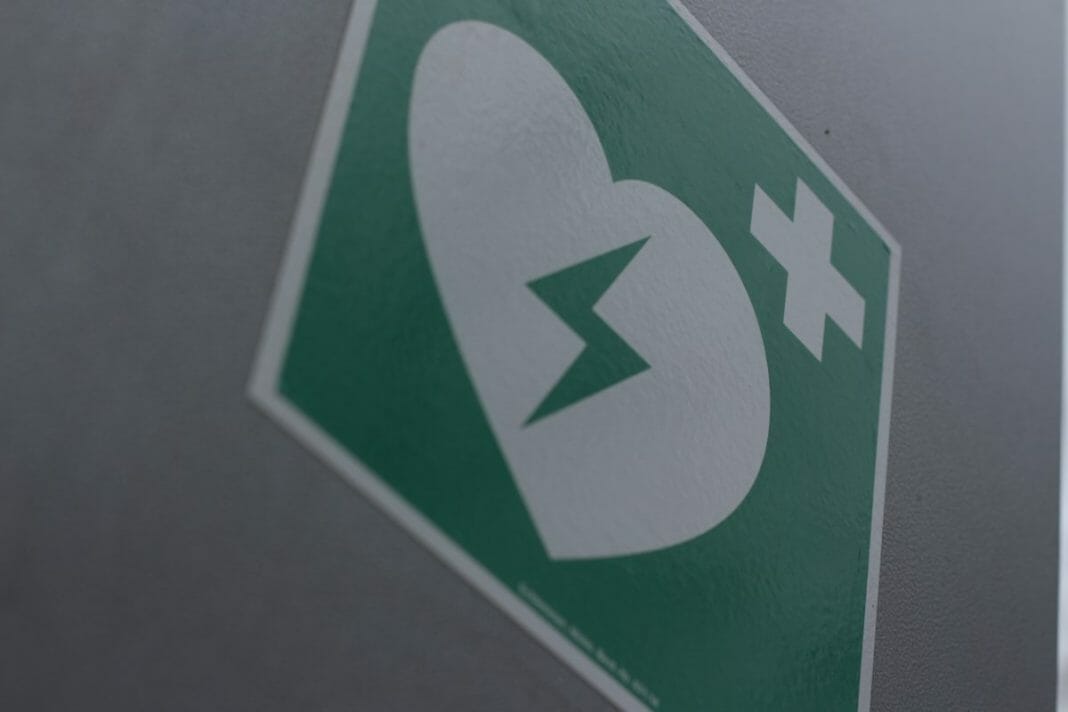Have you ever been lost in a hospital corridor? Your pulse raises as your eyes are darting about looking for the correct department. Thinking ‘I’m already late!’. It’s assumed that most of us have been through this stressful encounter. And collectively, we are all ever so grateful for the signage on the walls sending us in the right direction.
In a medical setting, effective communication plays a critical role in ensuring the smooth operation of facilities and the well-being of patients. One often overlooked aspect of communication is signage. Although seemingly insignificant, signage serves as an essential tool for guiding patients, staff, and visitors in medical settings. You would be surprised at how such simple signage enhances efficiency and the overall patient experience!
This Way Please
As we all know, medical facilities can be complex and intimidating, with numerous departments, clinics, and rooms to navigate. Being able to get to the correct location easily is crucial for patients and visitors in hospitals. Signage is one of the most efficient ways of providing clear directions, indicating the location of different departments, clinics, restrooms, waiting areas, and emergency exits. Having well-placed signage can help to reduce confusion, minimise stress, and save time for patients and visitors, ensuring they reach their destinations quickly and without hassle, which is extremely important in this environment.
Safety First
In a medical setting, patient safety is of paramount importance. This is where signage plays a vital role in ensuring patient safety by providing crucial information and warnings. For example, signage can indicate areas that are restricted to authorised personnel, highlight potential hazards, or provide reminders about hygiene and infection control practices. These signs help prevent accidents, maintain hygiene standards, and ensure that patients and staff are aware of potential risks.
Ensuring Accessibility
Medical facilities should strive to be accessible and inclusive for all patients. One way to do this is by providing signage that includes braille, large fonts, and pictograms to cater to any visually impaired individuals without impeding their experience. Clear and concise signage also provides benefits to patients with language barriers or cognitive impairments, by ensuring they receive the necessary information and directions without struggle. By promoting accessibility and inclusivity, medical facilities can provide a more positive experience for all patients involved.
Streamlining Workflow
To ensure that timely and quality care can be provided there will need to be an efficient organisation of workflow, and signage can aid medical staff members in this by providing clear indications of specific areas, such as labs, pharmacies, and medical records for easy access. Additionally, signage can be used to designate specific zones for different purposes, such as waiting areas for different departments or clean and dirty zones in infection control. These signs will help staff navigate the facility more effectively, increasing role efficiency, and allowing them to focus on their core responsibilities and perform their job to a high standard.
Branding and Image
As well as all the great uses already mentioned, signage can also help with branding and image. Well-designed and consistent signage can convey a sense of professionalism, trust, and care, which can be an incredibly important factor for a patient’s friends and family, as they may need this reassurance to know that the patient submitted for care will be safe in the hands of the hospital. By incorporating the facility’s logo, colour scheme, and visual elements into the signage, a cohesive and recognisable brand identity is created, helping to build a positive reputation and fostering a strong sense of confidence among the patients and visitors.
It’s no secret that signage plays a huge role in the basic running of medical environments, serving as a silent communicator that guides patients, staff, and visitors in their experience. Last but not least, well-placed signage can serve as a source of vital information and communication during emergencies or critical situations. In the event of a fire, natural disaster, or other emergencies, clear and strategically placed signage can guide individuals to safe evacuation routes and assembly points. Emergency signage, such as exit signs and emergency contact information, ensures that patients, staff, and visitors are well-informed and can quickly take appropriate action. By providing crucial instructions and directions during critical moments, signage plays an important role in maintaining the safety and well-being of everyone within your medical facility.
Well-designed signage is an indispensable tool that should be invested into cater to the diverse needs of patients and staff, ensuring smooth operations and positive interactions. By recognising the importance of signage, a welcoming environment can be created that prioritises communication, safety, and patient-centred care.
